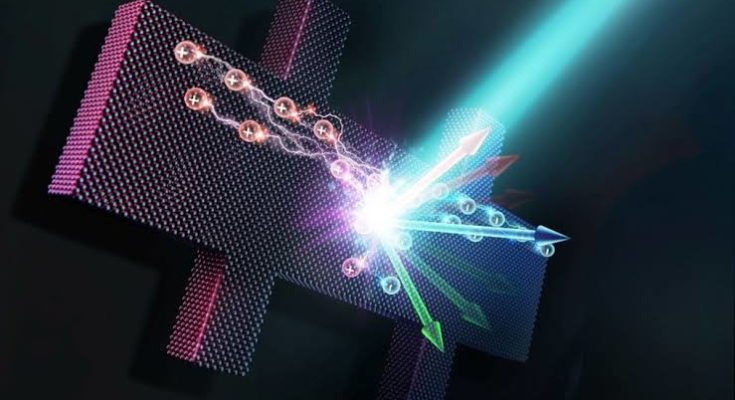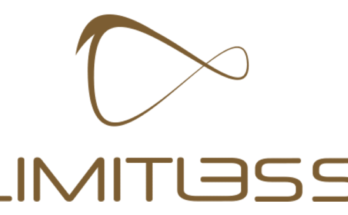Physicists have revealed an approach to get to physical data that had been covered up to science for a long time, as indicated by an ongoing paper.
In 1879, physicist Edwin Hall found that electrical currents twist when set in an magnetic field, creating a voltage and another electrical field opposite to the flow. Researchers have since abused this phenomenon, known as the Hall impact, to ponder the properties of materials like semiconductors that make up microchips—however, frustratingly, the Hall impact keeps researchers from making certain estimations at the same time. Specialists at IBM, the Korea Advanced Institute of Science and Technology, the Korea Research Institute of Chemical Technology, and Duke University have now conceived a one-shot system to extricate this data, called the transporter settled photograph Hall estimation technique. It could be particularly valuable for creating future sunlight based cells and different materials.
“This could create an exciting advance to understand semiconductors in greater detail,” Oki Gunawan, the study’s first author and researcher at the IBM T. J. Watson Research Center, told Gizmodo. “We hope it will bring advances in the near future.”
Electrical charges travel through semiconductors as discrete units called charge carriers: contrarily charged electrons and decidedly charged “holes,” electron voids in the material that can move a similar way that electrons can. Researchers utilize the Hall impact to make sense of the properties of the charge carriers in a material, similar to how quick they move and how thickly stuffed they are. All the more as of late, they utilized the Hall impact to comprehend the impact of light on the materials they were contemplating, as light striking certain materials will create electrons and holes. Yet, systems dependent on the Hall impact can just gauge the properties of the more various charge bearer, called larger part charge transporter, as opposed to the properties of both the minority and dominant part charge transporter all the while. Fundamentally, on the off chance that there are more electrons, at that point Hall impact estimations can just uncover data on the electrons; if there are more holes, they can just uncover data about the holes.
Utilizing a psychological test, Gunawan had the option to figure out how to extricate the minority charge transporter data simultaneously as the dominant part charge bearer data. He envisioned two frameworks, each with a similar greater part charge carrier at a similar thickness and going at a similar speed, however with various minority charge transporter speeds. With no additional energy, the two systems would act the equivalent. Be that as it may, include more vitality from light heartbeats, and they start to carry on somewhat distinctively because of the impacts from the minority charge bearer. From this psychological test, he and his group contrived a condition to depict both the minority and greater part charge carriers at the same time, as indicated by the paper distributed a week ago in Nature.
Yet, the method requires an approach to decrease noise, for the situation that the material just pitifully encounters the Hall impact or that there are other potential puzzling sign. IBM scientists had recently built up another sort of system called a parallel dipole line, a couple of tube shaped magnets that, acting together, make something like an attractive field trap. They put two examples, one silicon and another a light-delicate material called a perovskite, into the snare, and utilized their new condition to remove data on both the dominant part and the minority charge carriers.
This may appear to be fairly in-the-weeds, however estimating these properties is significant when attempting to decide if a material would be valuable in a sun oriented cell, Gunawan clarified. In addition, it’s a basic physics result connecting magnetic fields, electricity, and light.
There are constraints, obviously. Gunawan clarified that the test technique can vacillate on materials with high charge carrier densities—they’d require high-energy lasers to think about, which could soften the material.
Disclaimer: The views, suggestions, and opinions expressed here are the sole responsibility of the experts. No Just Examiner journalist was involved in the writing and production of this article.




